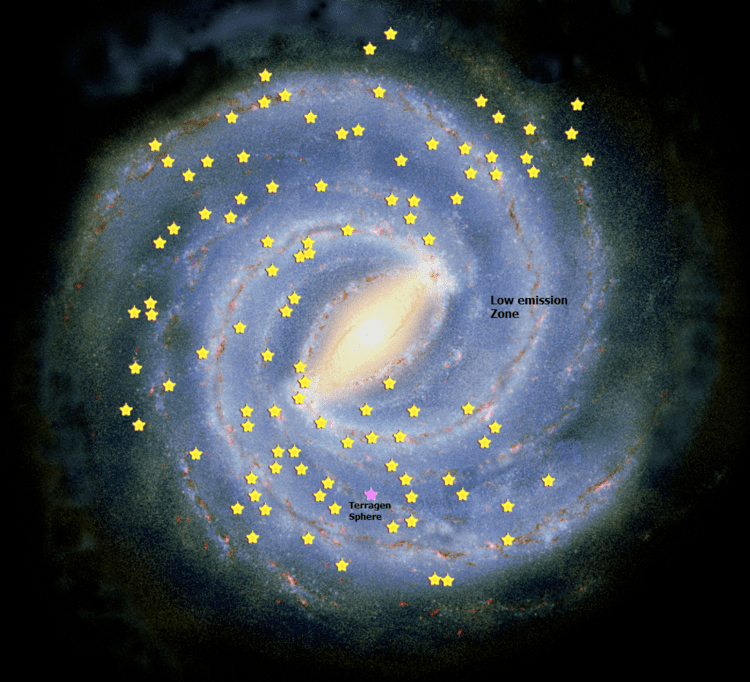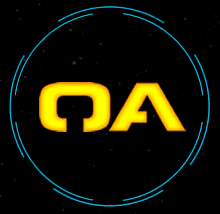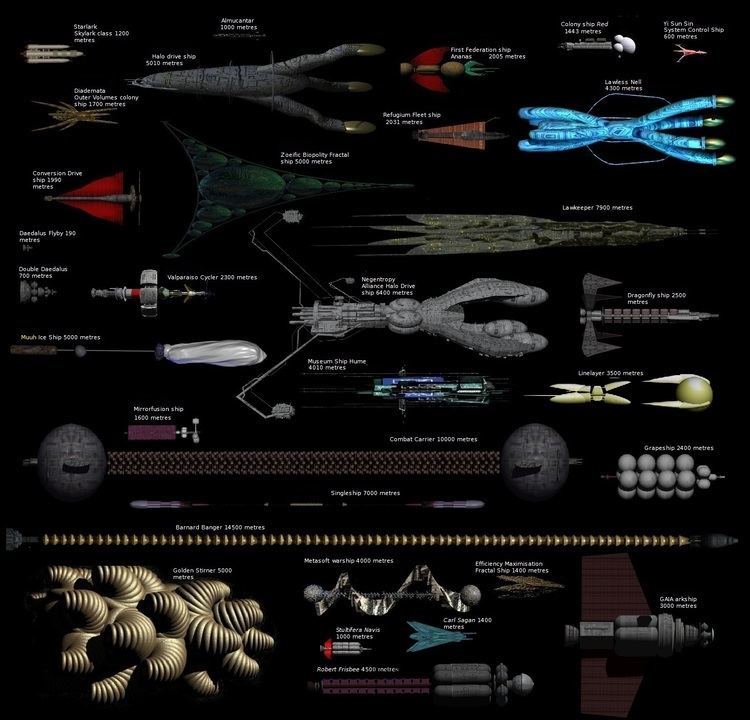Available in English Alexa rank 1,134,094 (April 2014) | Website orionsarm.com | |
 | ||
Symbion project beyond orion s arm
Orion's Arm (also called the Orion's Arm Universe Project, OAUP, or simply OA) is a multi-authored online science fiction world-building project, first established in 2000 by M. Alan Kazlev, Donna Malcolm Hirsekorn, Bernd Helfert and Anders Sandberg and further co-authored by many people since. Anyone can contribute articles, stories, artwork, or music to the website. A large mailing list exists, in which members debate aspects of the world they are creating, discussing additions, modifications, issues arising, and work to be done.
Contents
- Symbion project beyond orion s arm
- Symbion project beyond orion s arm nasa galaxy
- Setting
- Prominent theoretical technologies
- Prominent theoretical artifacts
- Reception
- References

A computer game and a role-playing game are being developed by the community, within the OA milieu. There is an ezine for Orion's Arm fiction, art, and commentary, called Voices: Future Tense, add-ons for the Celestia program to displaying Orion's Arm planets, spacecraft and other objects, and additional transhumanist flavored SF illustrations.

The first published Orion's Arm book, a collection of five novellas set within the OA universe, called Against a Diamond Sky, was released in September 2009 by Outskirts Press. The second published Orion's Arm book, called After Tranquility, was released in February 2014.

Symbion project beyond orion s arm nasa galaxy
Setting

OA is set over ten thousand years in the future, and claims to adhere to plausible, or "hard" science fiction; that is, no human-like aliens, no literal faster-than-light travel or other violations of the known laws of physics, and no "naval analogy" space battles. Certain speculative technologies, such as the creation of "negative mass" (averaged null energy condition-violating) exotic matter and the manipulation of strange forms of matter, such as magnetic monopoles and Q-balls, on length scales much smaller than that of an atom, strong artificial intelligence and artificial life appear in the setting, distinguishing it from "ultra-hard" science fiction (which assumes only technologies proven to be possible at the time it is written).

Brain-computer interfaces, known to OA as "DNIs" (for Direct Neural Interface), are required to operate most of their technology, and an option to use machine translation to unwittingly use a foreign language is considered a basic capability and component. This and other simulated reality technologies lead to such risks as actualys and computer elves, in which one does not have even basic ability to tell the difference between reality and simulation. When software is integral to the functioning of something in the Orion's Arm Universe, it is usually sentient. There are even sapient park benches there.
The "ultra-civilized" polities are "sephirotic empires". Grey goo is such a problem there that they are subject to mass surveillance with a utility fog-based technology called "angelnetting" or "demonnetting", and the local transapient usually can go through the data gathered in this way to review nearly every social interaction that has ever occurred in the polity. Protection against unreasonable searches and seizures, the right to bear arms and freedom of speech are considered obsolete. Angelnetting, where it allows civilian weapons, restricts their use. Like most of their technology, weapons often have some degree of sentience.
Outside the "ultra-civilized" sephirotic regions, there is the periphery, which is described as relatively lawless and as having some brutal dictatorships. Carrying personal weapons is recommended there, but usually is strongly regulated.
The denizens of this universe are ruled over by god-like, superintelligent artificial intelligences (AIs), called "archailects", the descendants of humanity's and some alien early artificial life experimentation. These beings are so powerful that they can create new miniature universes, and are completely beyond the comprehension of normal humans. Their bodies exist as distributed intelligences in networks of planet-sized computer brains; their subroutines are themselves sentient, making an "archai" an individual and a civilization at the same time. Extraterrestrial life exists, but the focus is entirely on the descendants and creations of Earth life, here collectively called "terragen life". Normal humans, called "baselines", are an endangered species. Their genetically and cybernetically enhanced descendants have supplanted them.
There are many types of intelligent life: nearbaselines (enhanced humans), posthumans, cyborgs, vecs (intelligent robots; named for Hans Moravec), aioids (intelligent computers), uploads (intelligences transferred into computers), neumanns (self-replicating robots; named for John von Neumann), provolves (animals with enhanced intelligence, similar to "uplift" - see below), rianths (humans with animal DNA spliced in), splices (similar to provolves, upgraded with human DNA), neogens (life genetically synthesized from non-life) and xenosophonts (aliens). Nanotechnology is common. Ringworlds, Dyson spheres and other "megastructures" exist. Much of civilised space is connected by a network of wormholes.
OA is a part of the transhuman space opera subgenre. The world was influenced by Iain M. Banks' Culture series, Vernor Vinge's A Fire Upon the Deep, and David Brin's Uplift Universe, among others. It takes the concept of the technological singularity directly from the work of Vernor Vinge among others. In Orion's Arm, there is not one singularity but at least six, and they refer not to stages in the technological development of civilizations as a whole, but to different levels of consciousness in individuals. The concept of Toposophics used in this setting is inspired by the work of Stanisław Lem.
Prominent theoretical technologies
Technologies that feature prominently in the Orion's Arm setting include:
Prominent theoretical artifacts
Types of megastructure that feature prominently in the Orion's Arm setting include:
Types of nanotechnology-based artifact include:
Other noteworthy artifacts are usually unique items whose principles of operation are unknowable to "baseline" humans (named Clarketech, after Clarke's third law).
Reception
Orion's Arm has been reviewed in the role-playing magazine Knights of the Dinner Table, as well as on Boing Boing by transhumanist science fiction author Cory Doctorow.
References to the Encyclopaedia Galactica have been made in a book on overcoming Librarian stereotypes.
The Orion's Arm website has also been recommended in a children's teaching guide.
The Orion's Arm perspective on wormholes has been discussed in various science fiction forums outside the group's own mailing lists, including mention on hardsf
